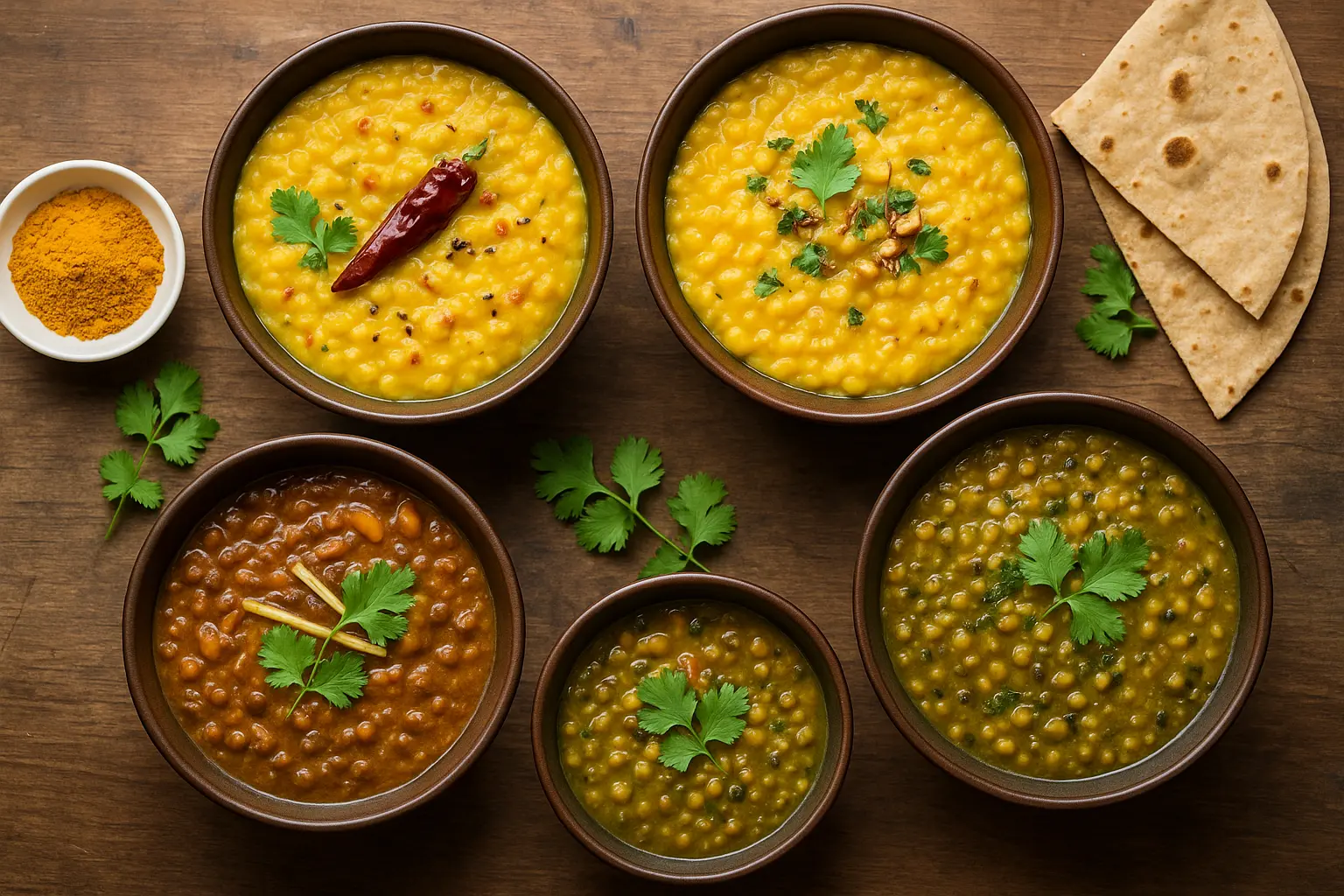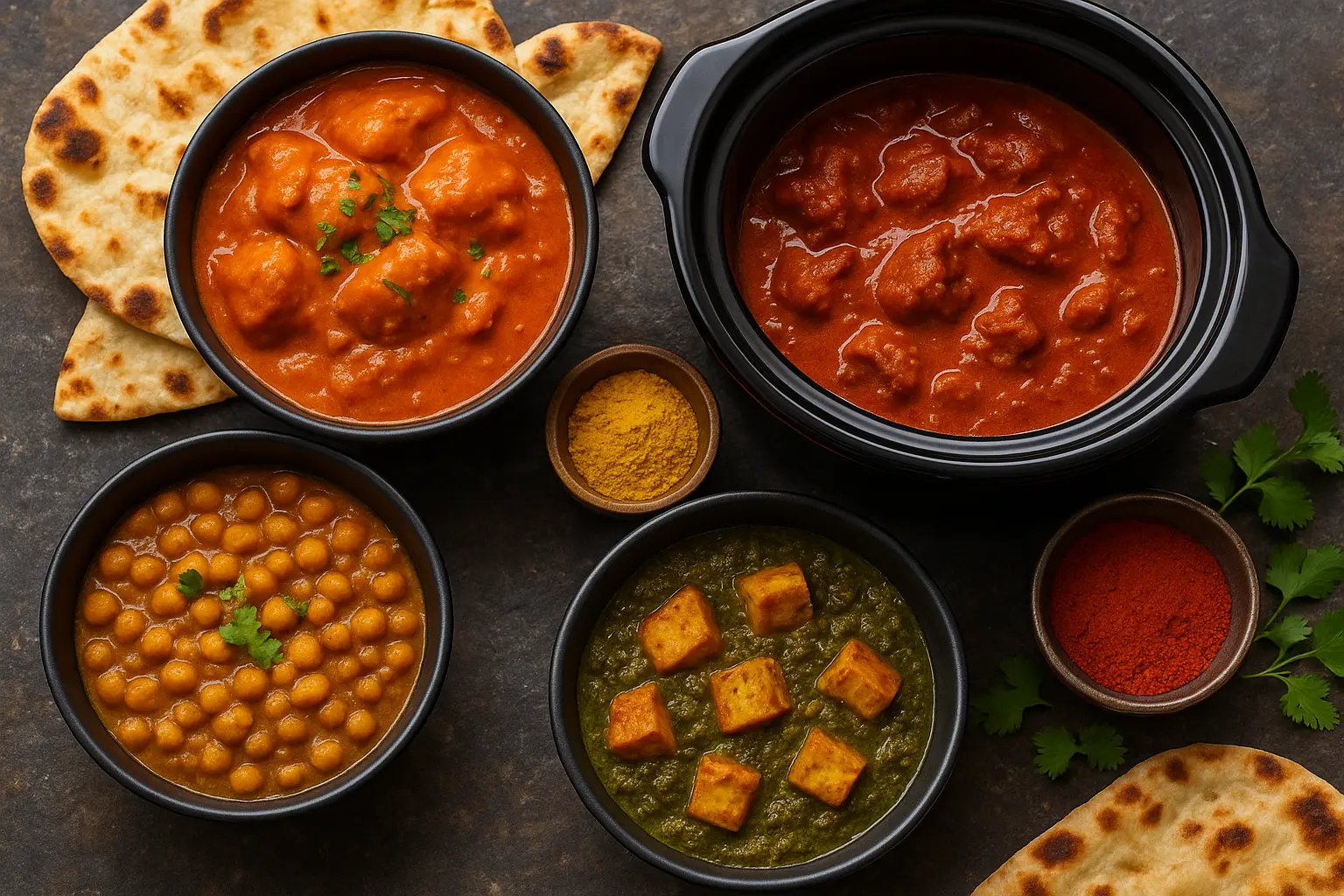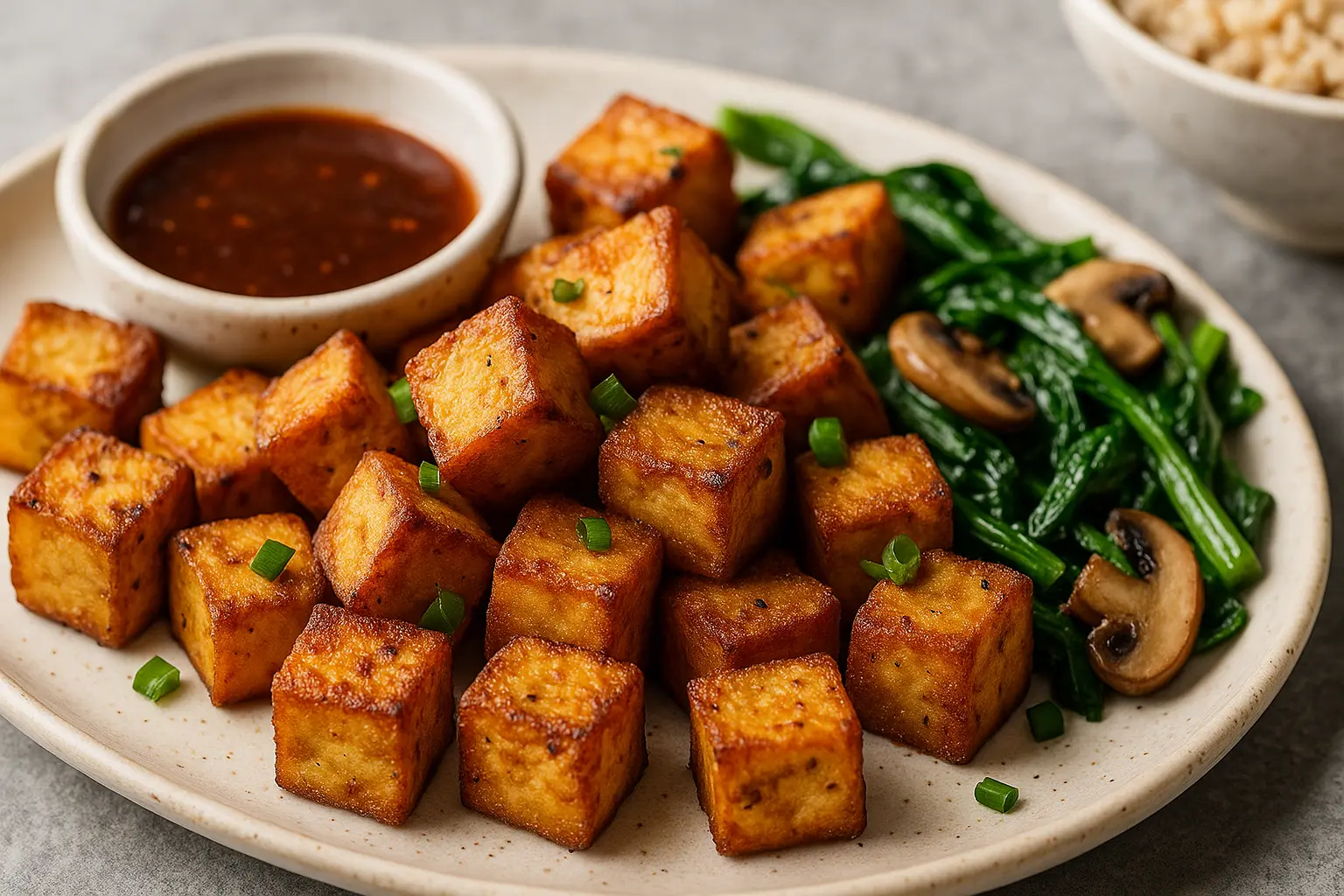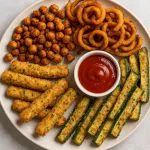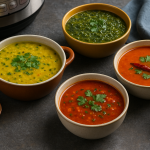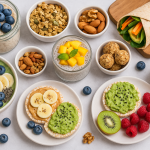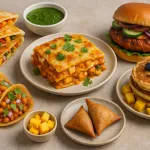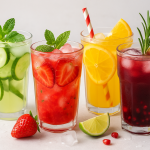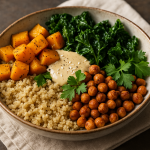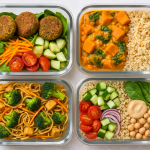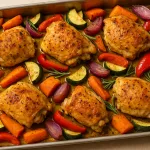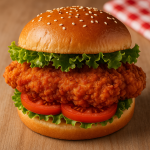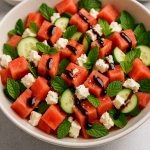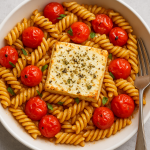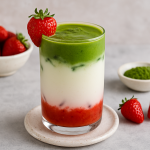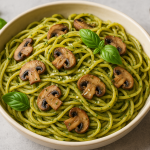Simple Indian Dal Recipes to Master at Home
When it comes to comforting, affordable, and nutritious food, few dishes can compete with dal. A staple of Indian households, dal is not just one dish—it's a world of flavors, textures, and regional variety based on humble lentils. Whether you're new to Indian cooking or looking to perfect your everyday meals, mastering a few classic dal recipes is essential.
This blog will walk you through:
What dal is and the types used
The nutritional benefits of dal
Essential ingredients and tools
The foundational tempering technique (tadka)
10+ dal recipes from across India with variations
Tips, serving suggestions, and storage advice
What Is Dal?
In Indian cuisine, "dal" refers to both the dried pulses (lentils, peas, or beans) and the cooked dishes made from them. Dal is often served with rice or roti and can be as simple as a weeknight meal or elevated for a festive occasion.
Some of the most common dals used in Indian kitchens include:
Toor Dal (Split Pigeon Pea)
Moong Dal (Split Yellow Lentils)
Masoor Dal (Red Lentils)
Urad Dal (Split Black Gram)
Chana Dal (Split Bengal Gram)
Why Cook Dal? – Nutritional & Practical Benefits
High in Plant Protein: Dal is a fantastic source of protein for vegetarians and vegans.
Rich in Fiber: Supports digestion and helps maintain gut health.
Budget-Friendly: Lentils are inexpensive and have a long shelf life.
Versatile & Customisable: You can use different spices, veggies, and herbs.
Quick Cooking: Many dal varieties cook in under 30 minutes.
Foundational Ingredients in Indian Dal Recipes
Here’s a list of staples to keep handy for cooking dal at home:
Basic Spices & Aromatics
Mustard seeds
Cumin seeds
Turmeric powder
Asafoetida (hing)
Red chilli powder
Coriander powder
Garam masala
Green chillies
Garlic, ginger, onion
Oils & Fats
Ghee (for flavor and richness)
Vegetable oil or mustard oil
Acids & Herbs
Fresh lemon juice
Fresh coriander leaves (cilantro)
Curry leaves
How to Temper Dal – The Tadka Technique
Tadka, also known as chaunk, is a method of blooming spices in hot oil or ghee. It’s added either at the start or end of the dal to enhance flavor.
Basic Tadka Method:
Heat 1–2 tbsp of ghee/oil in a small pan.
Add mustard/cumin seeds and let them crackle.
Add finely chopped garlic, green chilli, and curry leaves.
Once aromatic, pour over the cooked dal.
This finishing touch elevates even the simplest dal into something incredible.
Top Indian Dal Recipes You Can Master at Home
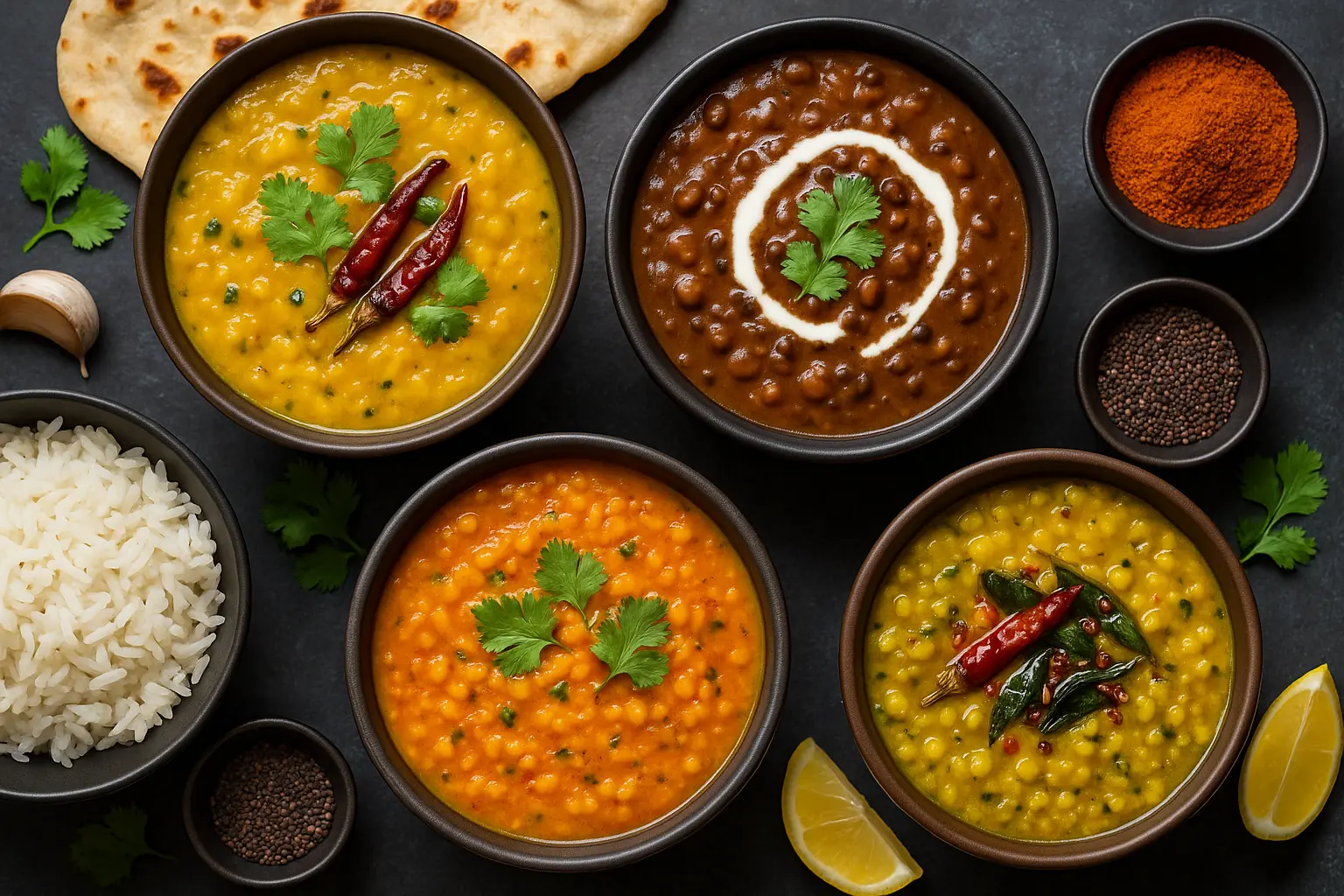
1. Toor Dal Tadka (Split Pigeon Pea Dal)
Origin: North India
Taste: Tangy, earthy, lightly spiced
Best With: Steamed rice, ghee, papad
Ingredients:
1 cup toor dal
3 cups water
1 tsp turmeric
1 tsp salt
Tadka:
Ghee, cumin seeds, garlic, red chilli powder, asafoetida
Steps:
Rinse and pressure cook toor dal with turmeric and water.
Once soft, mash it slightly and add salt.
In a separate pan, heat ghee, add cumin seeds, garlic, and red chilli.
Pour the tadka over dal and garnish with coriander.
2. Masoor Dal Curry (Red Lentils)
Origin: Bengal
Taste: Quick, mellow, protein-rich
Best With: Roti or paratha
Key Tips: Red lentils cook fast – no soaking needed. Add tomatoes for tang.
3. Moong Dal Khichdi
Origin: Pan-India
Taste: Mild, soothing, easy on the stomach
Best With: Ghee, pickle, curd
A perfect one-pot meal combining rice and moong dal. Great for kids, the sick, or when you want something nourishing but light.
4. Punjabi Dal Makhani
Origin: Punjab
Taste: Creamy, buttery, indulgent
Best With: Naan, jeera rice
Base: Whole black urad dal + rajma (kidney beans)
Cooking Style: Slow simmered, enriched with cream and butter
This dal is a restaurant favorite. A long cooking time is what makes the texture so rich and deep.
5. Chana Dal Fry
Origin: North India
Taste: Nutty, chunky texture
Best With: Jeera rice or phulka
Pro Tip: Chana dal takes longer to cook, so pre-soak for 30 minutes.
6. Bengali Style Tok Dal (Sour Dal)
Unique Ingredient: Green mango or tamarind
Taste: Sour and refreshing, perfect for summers
This version often uses masoor dal and adds raw mango slices for tang. Tempered with mustard seeds and dry red chillies.
7. Gujarati Dal
Taste Profile: Sweet, sour, and spicy
Unique Ingredients: Jaggery and tamarind
This regional dal is thinner in consistency and typically served with steamed rice and ghee.
8. Maharashtrian Amti
Lentil Used: Toor dal
Spices: Goda masala, coconut, jaggery
Flavor: Earthy and sweet-sour
Goda masala is a unique spice mix native to Maharashtra and gives this dal its depth.
9. South Indian Sambar
Not Just a Dal – A Full Meal
Combines toor dal with tamarind, vegetables (like drumstick, pumpkin), and a special sambar powder blend.
Tempering: Mustard seeds, curry leaves, dried chillies
10. Kerala Parippu Curry
Lentil Used: Moong dal
Special Additions: Coconut paste, curry leaves, green chillies
Usually served with Kerala red rice and ghee. Minimal yet rich in flavor.
11. Andhra Pappu (Spicy Dal)
Lentil Used: Toor dal
Add-ins: Tomato or greens like gongura or spinach
Tempering: Mustard seeds, garlic, red chillies
Fiery and tangy – typical of Andhra cuisine.
Bonus Section: Dal with Greens
Boost nutrition by adding:
Spinach (Palak Dal)
Fenugreek (Methi Dal)
Amaranth (Chaulai Dal)
These greens pair well with toor or moong dal and balance the richness of spices.
Tips for Perfect Dal Every Time
Soaking: Speeds up cooking and improves digestibility.
Pressure Cooking: Ideal for harder dals like chana or urad.
Consistency: Adjust water based on what you’re eating with – thicker for roti, thinner for rice.
Ghee vs Oil: Ghee adds richness and flavor, but oil works for vegan versions.
Storage: Cooked dal keeps for 2–3 days in the fridge. Freeze for up to a month.
Serving Suggestions
With Rice: The classic combo – add ghee or papad for crunch.
With Roti/Paratha: Ideal for thicker dals like chana dal or dal makhani.
Side of Veggies: Combine with stir-fried bhindi (okra), aloo gobi, or baingan bharta.
For Festive Meals: Pair dal with paneer dishes, pulao, or raita.
Dal for Different Diets
Vegan: Use oil instead of ghee, skip cream in dal makhani.
Gluten-Free: Most dals are naturally GF. Watch out for hing (choose GF variant).
High-Protein: Combine dal with quinoa or add tofu/paneer on the side.
Ayurvedic: Moong dal is considered tridoshic (balances all doshas).
FAQs About Indian Dal Cooking
Q: Can I use canned lentils?
A: You can, but dried lentils provide better texture and flavor.
Q: Why does my dal taste bland?
A: Don’t skip tadka! It’s the secret weapon for flavor.
Q: Can I batch-cook dal?
A: Yes! Make a base dal and customize the tadka later to keep things interesting.
Final Thoughts
Mastering a few simple dal recipes opens the door to endless Indian meals that are comforting, nourishing, and deeply satisfying. Whether you prefer the creamy indulgence of dal makhani or the home-style comfort of moong dal, there’s a version for every mood and moment.
These recipes are not only beginner-friendly but also versatile for those who want to eat healthier, cook on a budget, or explore global vegetarian cooking.
So grab your pressure cooker, stock up on lentils, and get stirring – your next soulful Indian meal is just a simmer away.
Leave a comment
Your email address will not be published. Required fields are marked *


